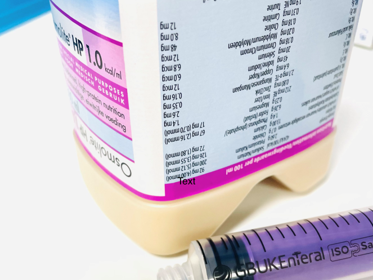TGC-Fast: Tight Blood-Glucose Control without Early Parenteral Nutrition in the ICU

Tight Blood-Glucose Control without Early Parenteral Nutrition in the ICU Gunst et al. N Engl J Med 2023;389:1180-1190 DOI: 10.1056/NEJMoa2304855 Clinical Question In ICU patients not receiving early parenteral nutrition, does liberal glucose control (initiating insulin when blood glucose level [BGL] >11.9 mmol per liter [>215 mg per deciliter]) or tight glucose control (commencing insulin at BGL 4.4 to 6.1 […]
Continue reading »







